If you are a dressage, hunter, or show jumping enthusiast, you have probably witnessed the grand Oldenburg in action. A beautiful sport horse, the breed is known for their tall build, long necks and expressive gaits. Want to know more? Here are some fun facts about the Oldenburg horse.
#1 – Originally bred as carriage horses
The Oldenburg was carefully bred in the 16th and 17th century by Count Johann in the Oldenburg region to be a carriage horse – characterized by a trot with high action and a stylish body type. Before then, the region only had strong draft-type horses for working the land.
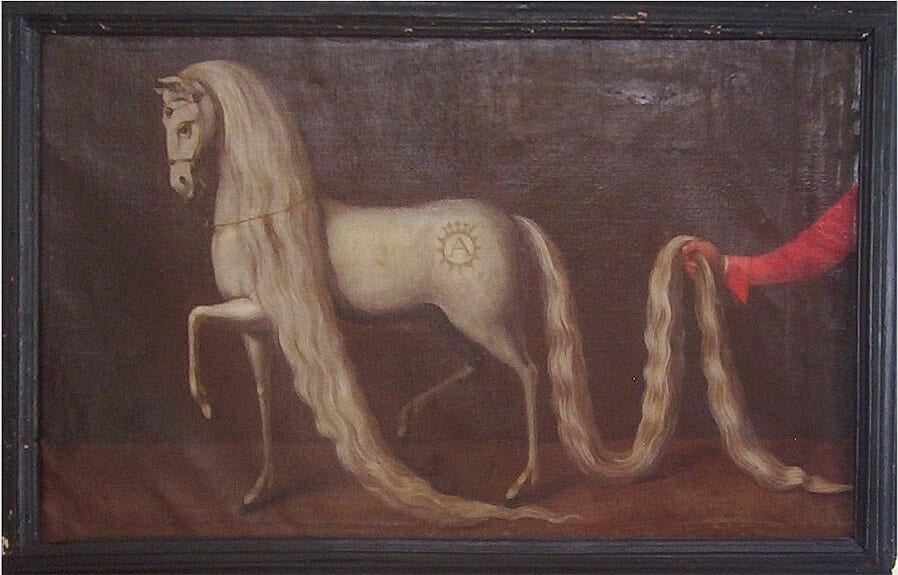
#2 – Used by The Queen
According to the Oldenburg Registry of North America/International Sporthorse Registry (ORNA/ISR), The Queen of Britain used Oldenburgs for her royal coach clear up until the 1960s.
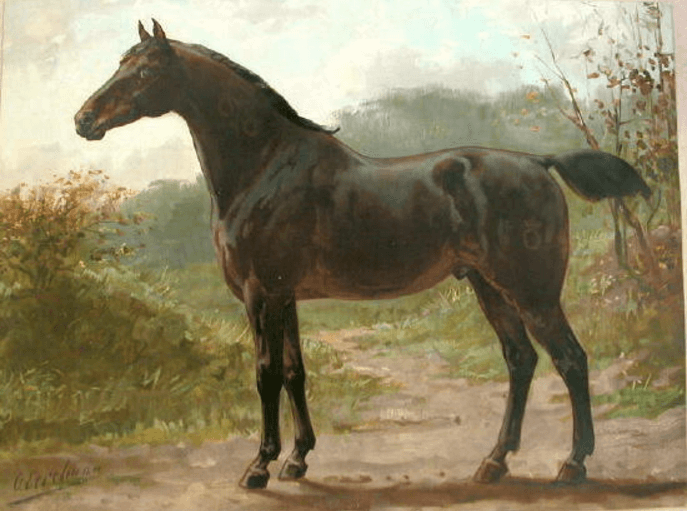
#3 – Developing the Sport horse
When the need for carriage horses declined, breeders in the 1970's began to breed the Oldenburg for riding. To do this, they crossed with high quality Thoroughbred stallions, which is still done today.
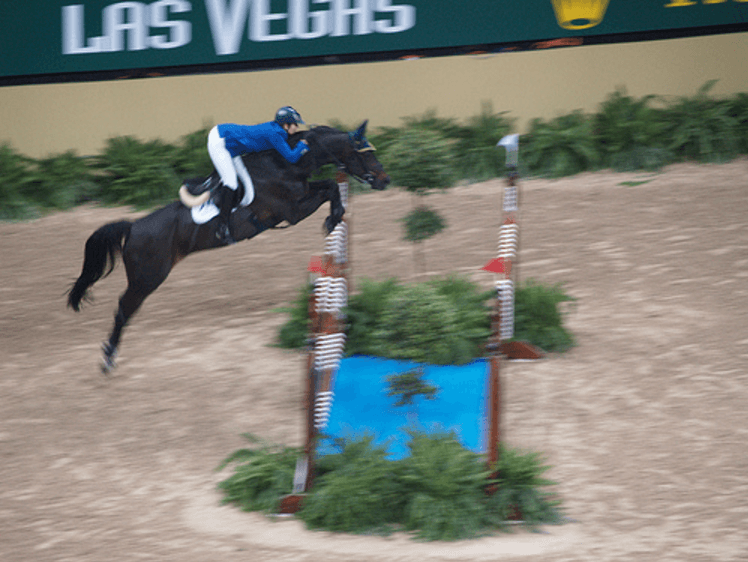
#4 – Branding is a normal practice for this breed
Upon inspection of a foal or yearling, they are usually branded. The brand contains an “O” or an “S.” Older horses being accepted in the registry are not usually branded.
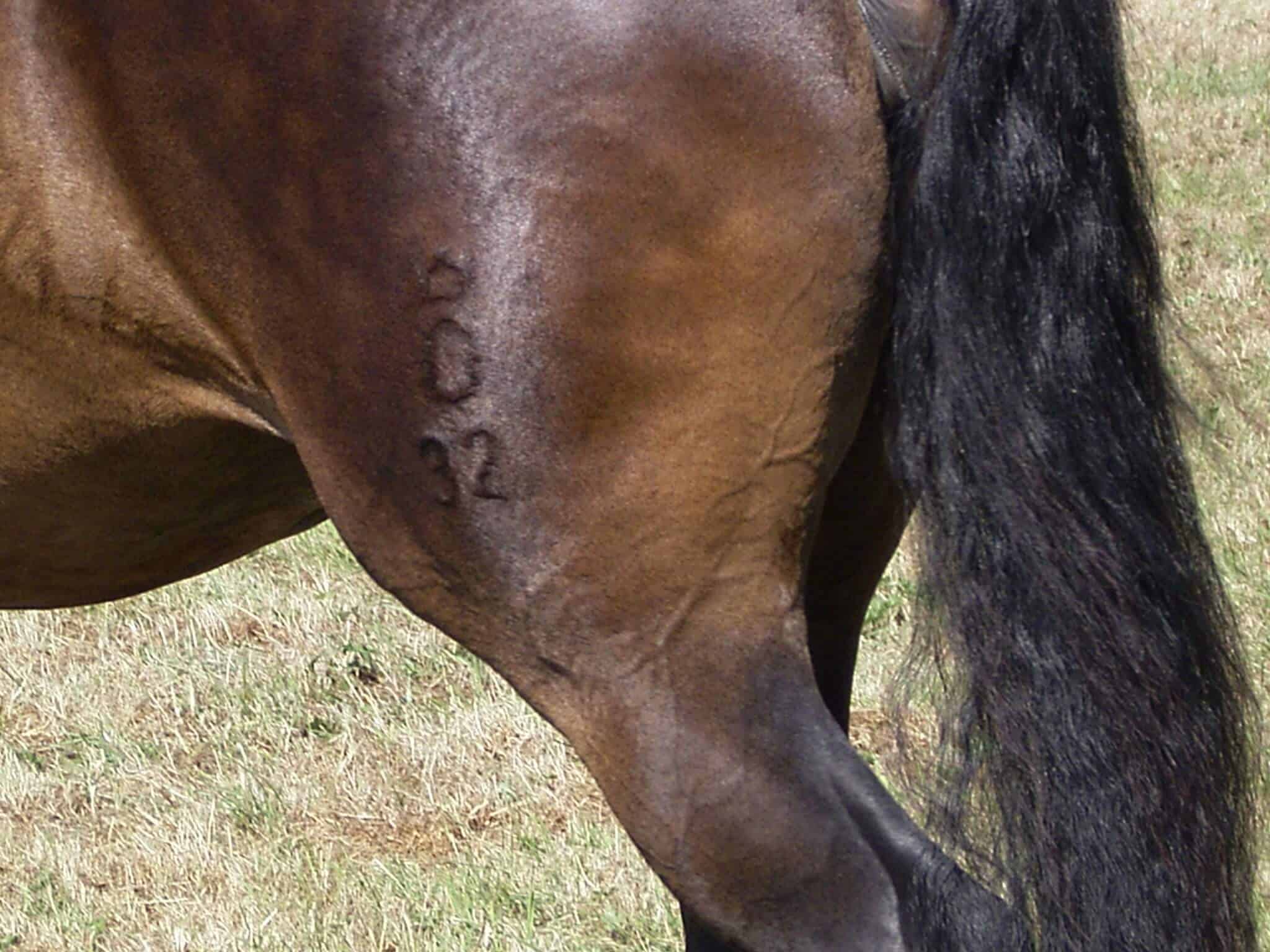
#5 – Colt names usually start with the same letter as the sire's name
Though this is not a strict rule by the ORNA/ISR, they strong urge breeder’s to name colts with names starting with the same letter as their sires. Some also name fillies in the same way – with the same letter as their dam’s name.
#6 – Although solids are prevalent, they do allow pintos
Though you probably think of an Oldenburg as being a rich bay, chestnut, black or grey, they do allow (and have) tobiano pintos in the registry.
#7 – At the age of three, fillies must be inspected for mare book approval
The ORNA/ISR requires fillies to be inspected for entry in the mare book. According to their site: “entry depends on the score the mare gets at the inspection and on the papers she has.”
Horse Courses by Elaine Heney
- Listening to the Horse - The Documentary by Elaine Heney & Grey Pony Films
- Shoulder In & Out Training for better balance, bend & topline development with your horse
- Over 110+ Polework Exercises & Challenges to Download
- Dancing at Liberty & Creating Connection with Your Horse (11 lessons) - Grey Pony Films
Did you learn anything new and interesting about our equine friends? Share this article with other horse lovers that you know so that they can learn something, too.
Want to read about another beautiful horse breed? Check out our informational article on the Quarter Horse here on iHeartHorses.com.

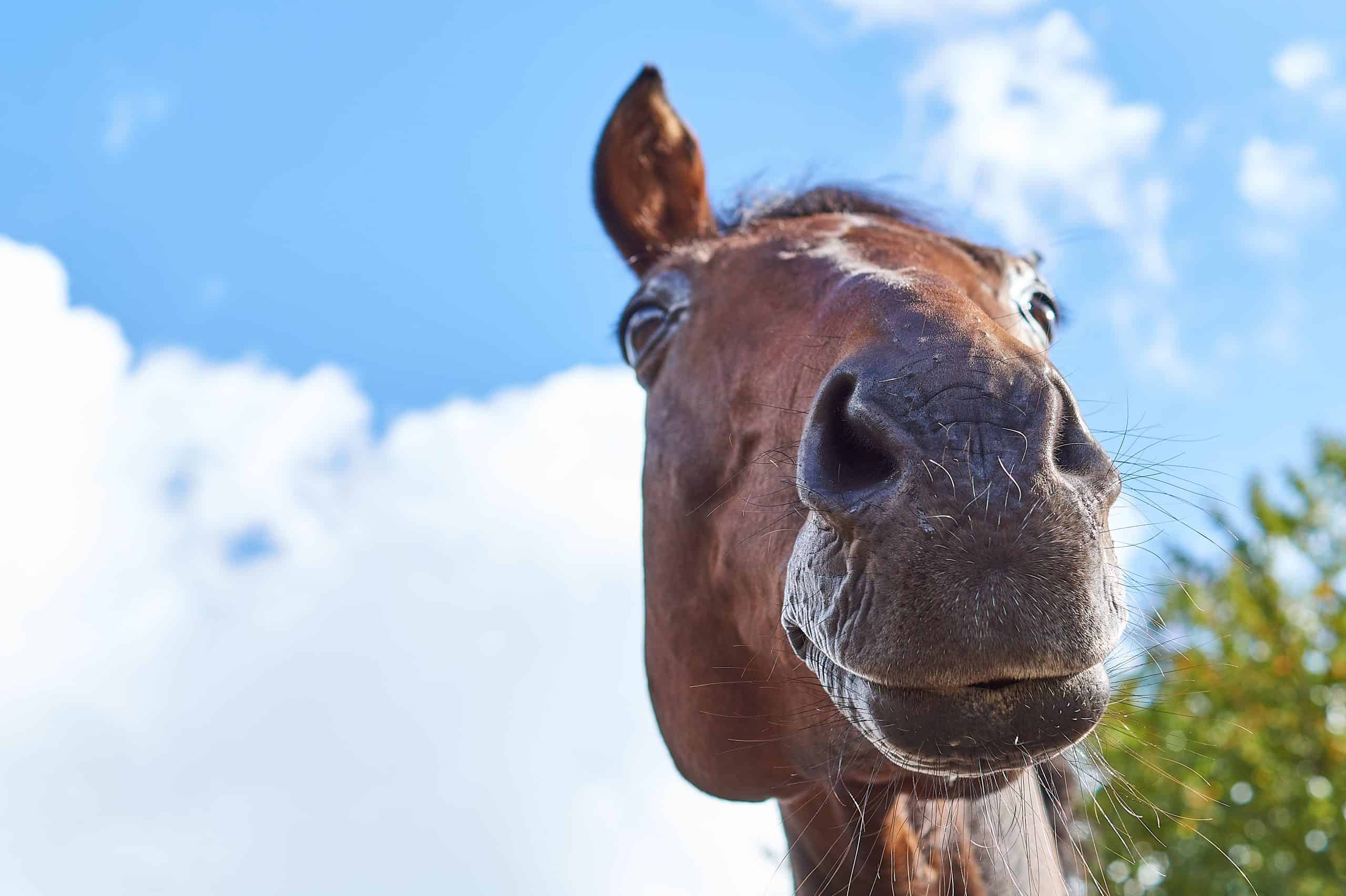
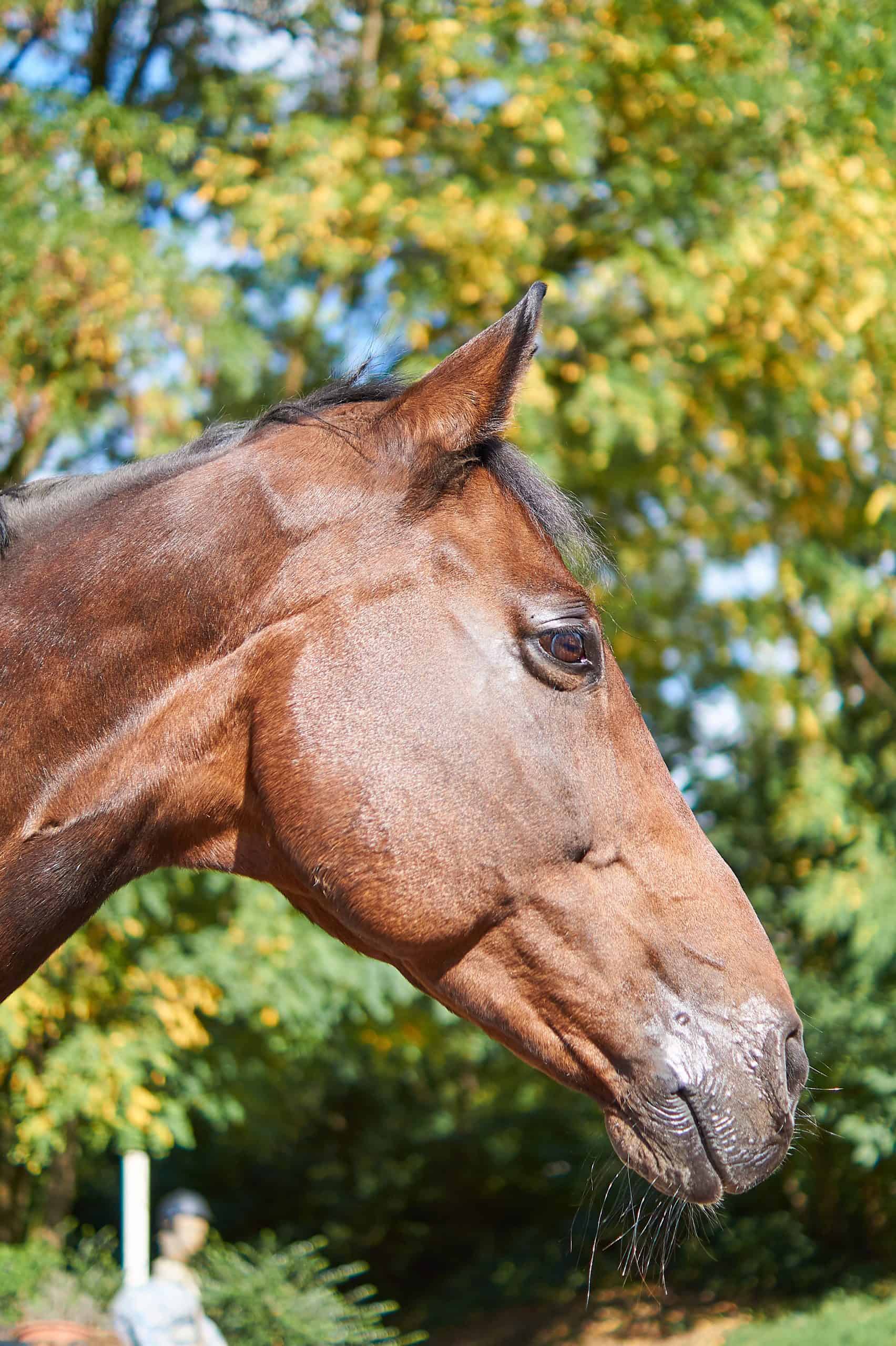
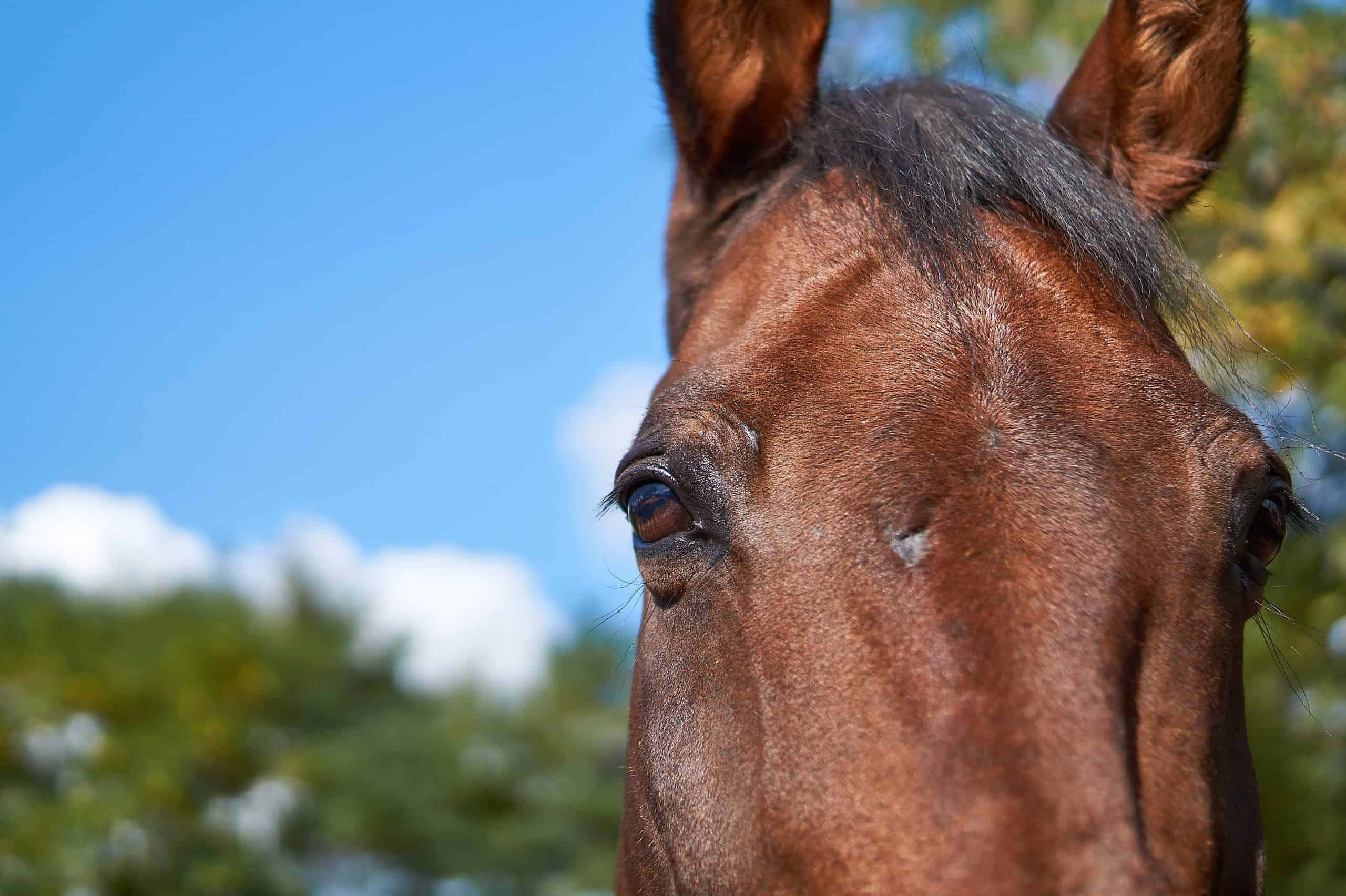


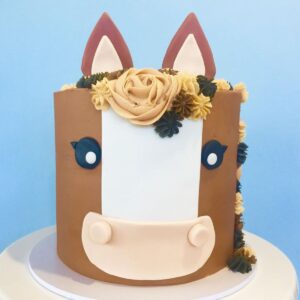
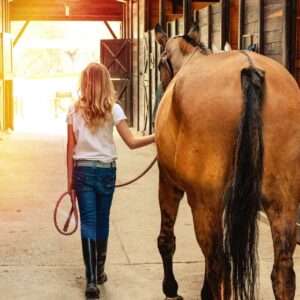
Leave a Reply